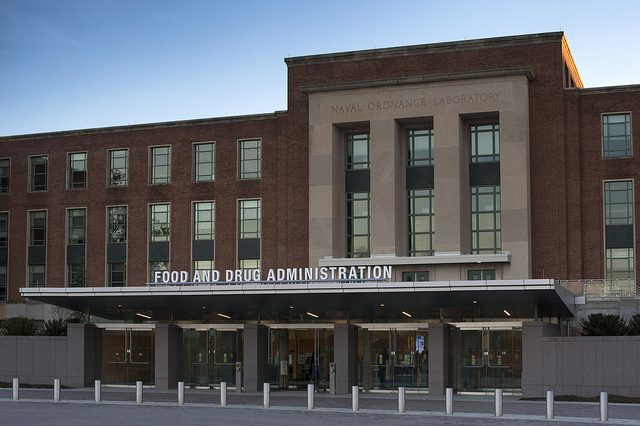
A GSK multiple myeloma drug that was withdrawn from the market is accumulating new clinical data that could support its return — perhaps as an earlier line of therapy. With the latest results, clinicians and GSK executives say they may have figured out how to address a lingering question about how to safely dose the drug, Blenrep.
The new data were presented Sunday during the annual meeting of the American Society of Clinical Oncology in Chicago.
Blenrep is an antibody drug conjugate (ADC) that targets the BCMA protein on multiple myeloma cells, delivering to them a payload of toxic chemotherapy. There are many multiple myeloma drugs available, but frequent relapse in this type of blood cancer means there’s always need for new therapies.
The new Blenrep data are from a Phase 3 study called DREAMM-8, which enrolled 308 patients whose multiple myeloma relapsed or had not responded after at least one earlier line of treatment. The study compared the addition of Blenrep to the approved Bristol Myers Squibb multiple myeloma drug Pomalyst and the steroid dexamethasone. That treatment combination was compared to the combination of Pomalyst, dexamethasone, and the approved Takeda Pharmaceutical multiple myeloma drug Velcade. The main goal is measuring progression-free survival.
The trial results show Blenrep is helping patients with multiple myeloma live longer. In the group who received the GSK drug combination, median progression-free survival has yet to be reached at the median mark of 21.8 months. In the comparator group, the median progression-free survival was 12. 7 months. The results for the Blenrep arm translate to a reduction in the risk of disease progression or death of 48%, said Dr. Suzanne Trudel of the Princess Margaret Cancer Center, University Health Network, Toronto, speaking during a media briefing with journalists.
One of the safety risks associated with Blenrep and some other ADCs is eye toxicity that leads to lost or blurry vision. Trudel said that protocols have been developed over time to better manage the ocular toxicities with dose holds and adjustments, enabling patients to stay on treatment. She added that ADCs used in chronic myeloid leukemia showed clinicians that it’s necessary to figure out how to modify dosing to reduce toxic effects.
“All the ocular events are reversible with appropriate with dose modifications, dose holds, and dose reductions,” Trudel said. “This has been the history in myeloma because almost every drug — carfilzomib, selinexor, the bispecifics — in the end, we’ve had to learn how to use them and dose adjust and modify for tolerability.”
Advances in multiple myeloma have come from using multiple drugs as frontline treatment, said Dr. Oreofe Odejide of the Dana Farber Cancer Institute and the ASCO expert asked to comment on the Blenrep results. Consequently, some early-line treatments can include combinations of three or even four drugs.
“While that has really improved outcomes for patients with myeloma, it also means that when patients relapse, they’ve often been exposed, (and) may not respond as well to many anti-myeloma treatments,” Odejide said. “So there is an unmet need for novel combination therapies in the relapse setting. And [Blenrep], based on this finding, is really meeting that need squarely.”
Blenrep won accelerated FDA approval in 2020 as a fifth-line multiple myeloma treatment, making it the first-approved BCMA-targeting therapy. In 2022, GSK reported that Blenrep failed to meet the progression-free survival main goal of its confirmatory Phase 3 test. In response to an FDA request, GSK withdrew Blenrep from the market. If GSK is able to return Blenrep to the market, it would find itself alongside new BCMA-targeting products that include a cell therapy from BMS and a Johnson & Johnson drug lineup in the disease that includes a cell therapy and a bispecific antibody.
GSK has been rebuilding its case for Blenrep with more clinical data. Last year, the drugmaker reported Phase 3 data showing Blenrep beat J&J’s Darzalex in a head-to-head test of the therapies as first-line treatments. Earlier this year, GSK reported a Blenrep drug combination beat a Velcade drug combination with results showing a 59% reduction in the risk death or disease progression.
In a separate briefing with journalists, Hesham Abdullah, GSK’s top oncology executive, offered an additional possible explanation for Blenrep’s better clinical trial results. Not only is the therapy an ADC that delivers a targeted cytotoxic drug payload to multiple myeloma cells, it also elicits an immune response that helps with the treatment effect, he said.
The clinical trial that supported Blenrep’s accelerated approval tested the drug as a monotherapy in heavily pre-treated patients. Abullah noted that the latest tests of the drug are evaluating the drug as part of treatment combinations for patients who haven’t been exposed to many prior lines of therapy. The result is a duration of response and a depth of response that is translating to improvement in patient survival. In GSK’s announcement of Blenrep’s new clinical trial results, the company said it continues to share the data and discuss with regulators the path forward for the drug.
Photo by GSK






